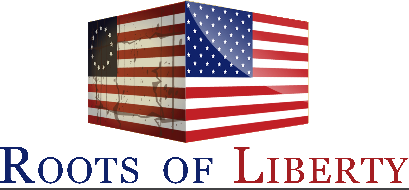By Kevin Tan
In their dedication to create a republic representative of the people, the Framers of the Constitution created the backbone of the US national government with the people’s diversity in mind. Even before the Revolutionary War, the colonists hailed from a variety of nations and backgrounds—differentiating points which made this New World a melting pot of diversity. The necessity for cooperation between these various groups led to the birth of a nation with one of the strongest dedication to the freedom of expression, including religious freedom. However, a distinction must be made between the mostly Protestant communities of the 18th century and the multiplicity of belief systems in the 21st century. To preserve religious liberty at all levels in the modern day, the government and the people must work in conjunction to protect the fundamental right of belief.
The foundations for religious liberty in the US can be seen in Article 6, Clause 3 of the Constitution which states that “no religious Test shall ever be required as a Qualification to any Office or public Trust.” By maintaining a clear separation between the influence of the church and the government, the Framers ensured that religion would not be used as a barrier for participation in American society. Even greater protection of the exercise of religion can be seen through the 1st amendment, which prevents Congress from establishing a national religion and from prohibiting the free exercise of religious beliefs. Not only does the 1st amendment establish a separation of church and state, but it also serves as a safeguard against the national government from limiting free expression. Even the incorporation of the Equal Protection Clause of the 14th amendment to the states has proven to be essential for the preservation of religious liberty, as it holds the state governments accountable to enforcing the fundamental rights listed in the Constitution.
The Constitution provides a framework which enables people to exercise their religious beliefs without unnecessary interference from the government, in both cases of promotion and exclusion. In the case Torcaso v. Watkins (1961), the Supreme Court ruled on a requirement within the state of Maryland in which candidates for office must declare a belief in God to be eligible for the position. The Court found this a violation of the Establishment Clause in the 1st amendment because it unnecessarily promoted the belief in a God, a detriment to irreligious groups. The Court similarly promoted religious liberty in Gonzales v. O Centro Espírita (2006) when it ruled that a church’s use of ayahuasca (a psychoactive plant) could not be barred under the Controlled Substances Act because there was a lack of compelling interest from the government. Here, a diversity of religious practices were protected by the judiciary, preventing the unfair infringement upon core practices.
Indeed, even as the number of different religious groups in the US grows, the Constitution still holds its roots in the preservation of the expression of these groups. By the structures inherent to the founding document, religious liberty can continue to flourish, unhindered by governmental forces and practiced freely by all.
